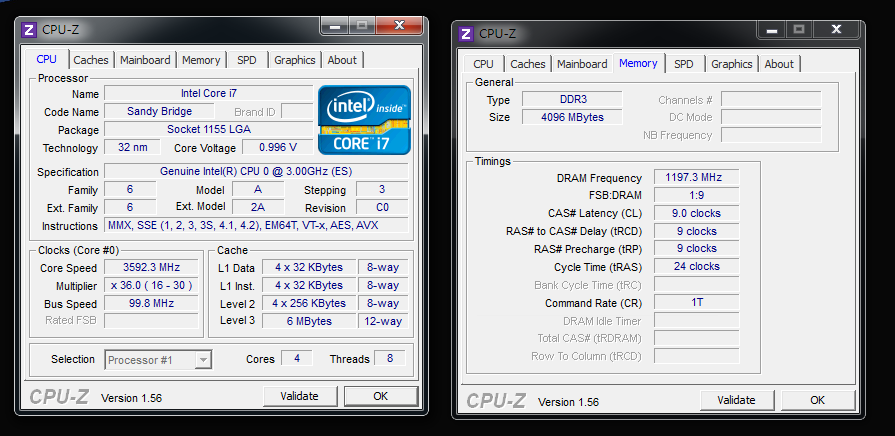Sandy Bridge will more or less be limited to 100 MHz bus frequency, something that has worried us enthusiasts that has been wanting to push our memory modules to new speeds. Previously it has been stated that motherboards will be able to gear up the memories to 2133 MHz, but it looks like there will be even higher speeds with higher multipliers, 2400 MHz.
With Sandy Bridge overclocking will be handled almost exclusively through multipliers. The BCLK frequency will control the processor bus, RAM and other parts of the system and barely able to go above 100 MHz. The integrated memory controller of the processor has a base clock frequency 1.3x higher than the bus, thus 133 MHz, and is affected by changes to the BCLK frequency. This threatened to limit the memory modules on the LGA 1155 platform, something that should not be a problem according to the new screenshots published at coolaler.com.
According to these Intel’s motherboards and processors will support memory ratios up to 1:9, which with 100 MHz BCLK and 133 MHz DDR3 controller results in speeds up to 2400 Mhz (1,3 * 100 * 9 * 2 = 2400 MHz).

Picture by Coolaler.com
These are clock frequencies that not even all Gulftown processors can do and with the memory controller inside the processorn it is a feat of strength for Sandy Bridge, while the memory manufacturers can relax. Even if the bus frequency is more or less locked Sandy Bridge will be able to sweat the DDR3 memories.



















